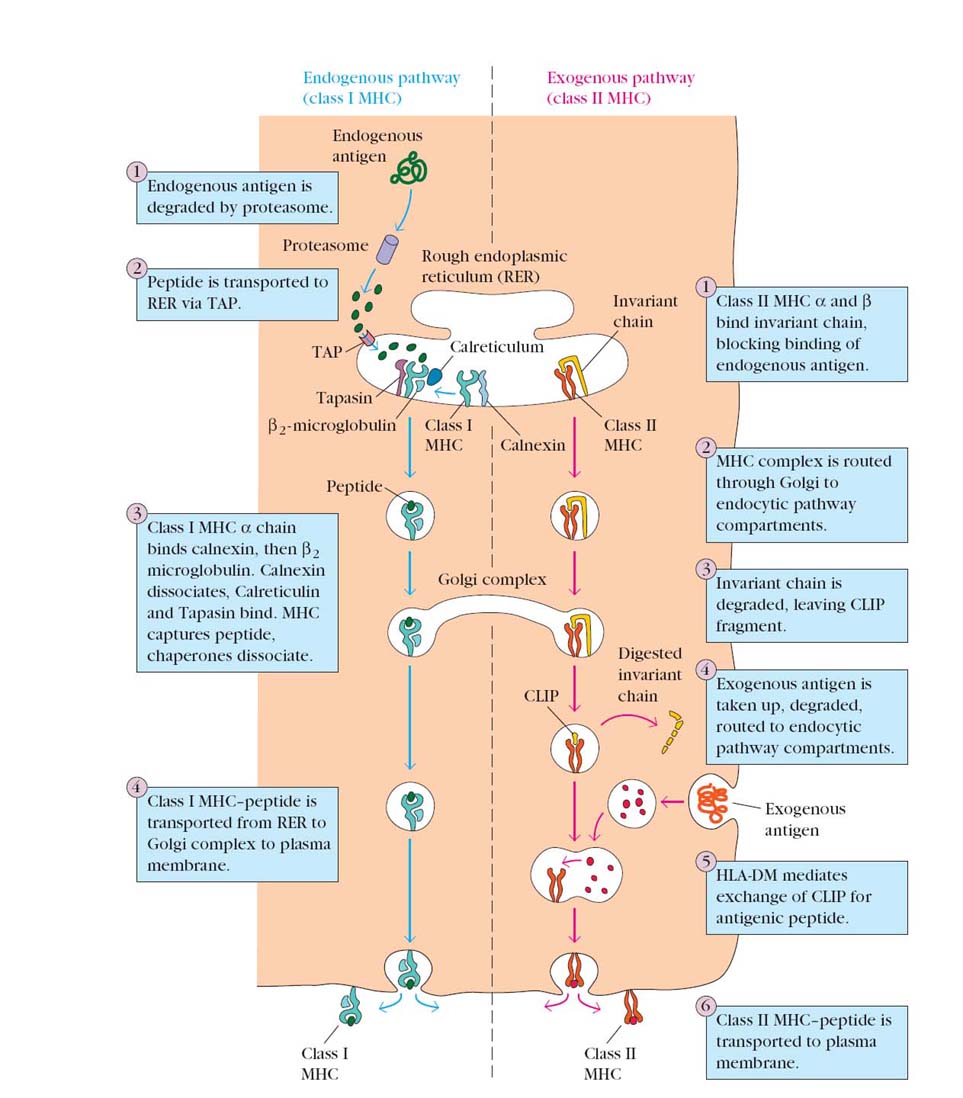One of the requirements of one my
classes called HLSC 101 – Intro to Health Care involves shadowing a health care
professional of your choosing. After several obstacles, I was given the
opportunity to shadow a physician assistant at Holy Cross Hospital. However, Dr.
McKenzie told me, this past Monday, that I needed a recent documentation of my
current flu shot as well as a tuberculosis (TB) test document. This would
ensure the safety of the people that I would come into contact with and myself.
Tuberculosis
is an infectious disease that is caused by Mycobacterium
tuberculosis. One of the main issues with this disease is that it can be
easily transmitted from person to person through the air. This disease can be
fatal and is currently affecting about one-third of the world’s population. (To
learn more about tuberculosis read my blog entry for February 21, 2014 titled
Investigations #1). I had a flu shot before but I have never had a TB test to
my knowledge. I will receive a tuberculin skin test next week from my doctor.
Basically I learned that the doctor would inject a fluid into my skin called
tuberculin and after 2-3 days I will come back to have my arm checked for a
reaction. If a person has a positive skin test, they would have a raised, hard
area or swelling that is present in the skin. If they do not, then there would
not be any hard area or swelling that is present in the skin.
Source: http://www.cdc.gov/tb/topic/testing/default.htm


